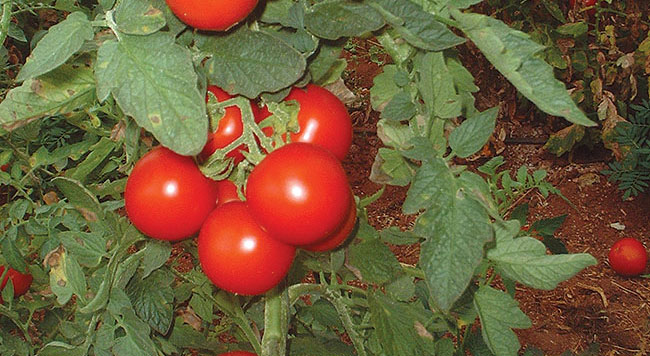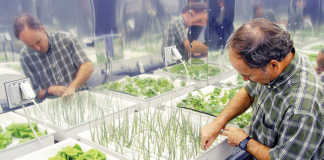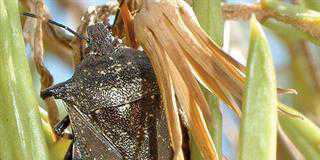
The tomato is the edible, often red, berry-type fruit of Solanum lycopersicum. Its use as a food originated in Mexico, and spread worldwide following Spain’s colonisation of the Americas.
Tomatoes can be eaten raw in salads or cooked. Popular processed products include jam, chutney, tomato sauce, canned tomatoes and sun-dried tomatoes. It is a good source of vitamins A and C and essential minerals.
Several hundred varieties of tomatoes are grown. In South Africa, production of tomatoes exceeds that of all other vegetables except potatoes. Fresh market cultivars, processing and canning cultivars, dual-purpose cultivars and cherry tomatoes are all grown in the country.
Fresh market cultivars include Zeal, Score, Checha, STAR9003, Disco, Bravo, Stormer, Settler, Sundance and Rodade. Cultivars used for processing include UC82B, Kamatla, Qwanto and Roma VFN.
Fertilisation
Soil samples should be taken at least every three years, ideally a few months before planting, so that any soil fertility problem can be rectified. Soil that is low in potassium (K) should be supplemented to improve fruit solidity.
If it is not possible to have soil tested, follow these general guidelines:
- A week or two before planting, apply a dressing of 1 000kg/ ha (100g/m²) of a fertiliser mixture such as 2:3:4 (30) plus zinc, mixing it into the upper 10cm of the soil.
- Alternatively, apply 30m³/ha of compost or kraal manure.
- Tomato plants respond well to a top or side dressing of 50kg/ ha (5g/m²) 1:0:1 (36) and 50kg/ha (5g/m²) LAN (28), alternated every three weeks after transplanting until week 18.
Weed the crop before applying a top or side dressing. Place the fertiliser at the base of each plant (at a distance of 5cm to 10cm). Water the plants well after fertilising.
Irrigation – avoid overhead sprinklers
The frequency of irrigation depends on the soil type and temperature. It is best not to use an overhead sprinkler system as wet leaves encourage early and late blight.
Supply sufficient water at critical times, such as immediately after sowing or transplanting. Make sure, too, that young plants receive enough water for vegetative growth before flowering.
Look out for wilting leaves in the late morning. If there is any sign of this, water the plants in the afternoon as well.Supply 21mm of water per week during the first four weeks. Increase this to 38mm/week for the following eight weeks.
Then reduce it to 31mm/ week for the remainder of the growing season. Too much water after the fruit has formed can cause it to crack. Approximately 500mm of water is required throughout the growing season.
Staking: better for the smaller producer
To keep the plant upright, fix a stake into the ground next to each tomato plant, and tie the stem loosely to it. Alternatively, you can use a trellis instead of individual stakes, but you will nonetheless require a sturdy stake fixed into the ground every 4m along the row.
Staking prevents the fruit from touching the ground and decreases the possibility of disease infecting the fruit or leaves.
Commercial growers do not always stake the plants due to the labour and expense involved.
Cultivars for processing are usually not staked; indeterminate (strong-growing) cultivars often are. If only a few rows have been planted or space is limited, it is better to stake both types of cultivar.
Growing tomatoes is relatively easy, but they are particularly vulnerable to pests and diseases. These will be discussed in the following weeks.
Source: Production Guideline for Summer Vegetables, Agricultural Research Council.













